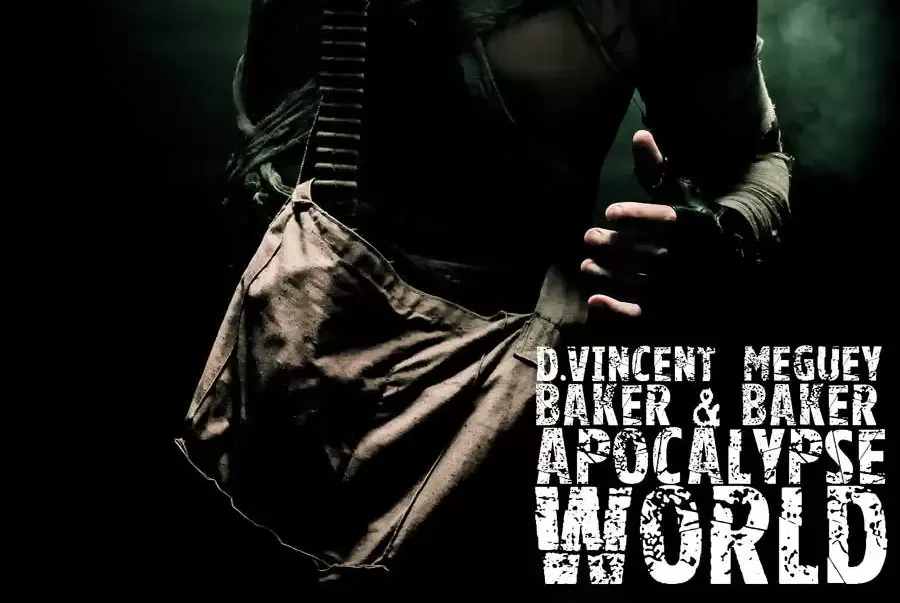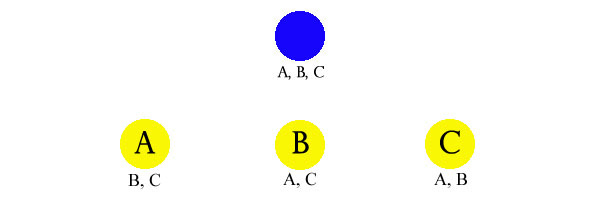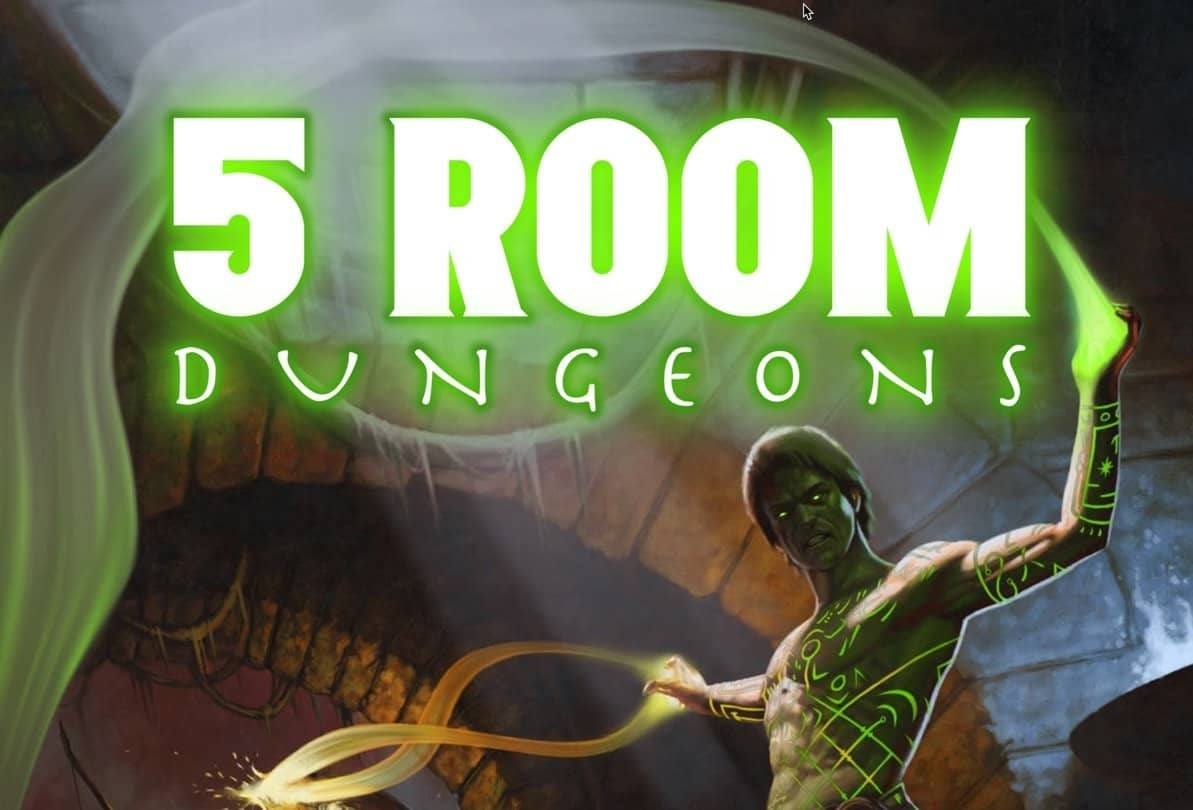Where do I turn to for guidance and structure when I prepare my games?
When designing my own modules 1, I get stuck often. I need structure and guidance or feel overwhelmed by too many possibilities. Also, since writing is not my full-time job, I tend to forget the rules and principles of “good design.” Thus, I need to rely on external expertise and guidance. Throughout the years of prepping and writing RPGs, I have amassed quite a collection of advice and templates. Some have stood the test of time, some I’ve dropped by the wayside. In this post, I present and link to some of my favorites. In no particular order, here goes 2:
Apocalypse World

This is a must-have for sandbox-style games. I immensely appreciate how the book categorizes the threats into subtypes. Here, a Threat is a faction, NPC, environment, etc. Each threat type also has its own impulse and moves. Threats are not static; they constantly pursue these impulses. AW (Apocalypse World) also introduces the idea of clocks (which has, since then, achieved mainstream utility, especially with Blades in the Dark).
While originally themed for postapocalyptic sandboxes, I have used this for fantasy games, sci-fi, and modern horror. I simply keep the internal “impulse” and “drive” of a Threat, then thematically reskin them to my setting. E.g., a cunning Slaver in the Mad Max wastes turns into a sly human smuggling head in our modern times 3.
Monster of the Week

For mystery and investigation games, the MotW (Monster of the Week) template and prep guidance are absolutely rock solid. Michael Sands (the designer) adapted the AW systematization to modern horror mysteries. Additionally, I admired the categorization of NPC types. I particularly love introducing the Busybody as a shot of comedy and mundanity in an otherwise bleak horror story. The system also presents types of locations, each with its own purpose. My favorite of these is the iconic Crossroads, which I tend to use to hint at dangers (e.g., the Player Characters can see in the distance a looming threat or place of interest) or lure with the promise of safety (e.g., the PCs spot a benign motel with a lit “Vacancies” sign).
Node-based Design, by the Alexandrian

image via The Alexandrian blog
For sheer flexibility and universality, nothing quite beats this mental model. Every scene and encounter is a node. Connect multiple nodes to form a graph. Voila, story! While I primarily write and run mystery horror RPGs, I have used this for a Stars Without Number and a Fate RPG game. This is particularly helpful to ensure you don’t have a bottleneck in your adventure where the players get stuck because they can’t read your mind. Simply ensure you have at least two (better, three, as it’s a magic number) methods to enter that “node.”
The Five Room Dungeon Design, by Johnn Four

This is it. This is the grand-daddy of GM prep templates. I’m sure 99% of GMs know of or have used this. If you’re in the 1%, shame. It doesn’t need any introduction. Five rooms, each with its own purpose. Again, you can reskin “rooms” to “situations” (or “events”) and the traditional fantasy elements to whatever setting you have. Johnn has even published an entire book worth of five-room dungeons.
Read the original post
I have several more to recommend. To be continued…
Footnotes
-
You can check my published works on DriveThruRPG and Itch.io. ↩
-
All links provided are affiliate links. ↩
-
Read The Snakehead, by Patrick Radden Keefe, for an investigation into a real-life human smuggling ring. ↩
